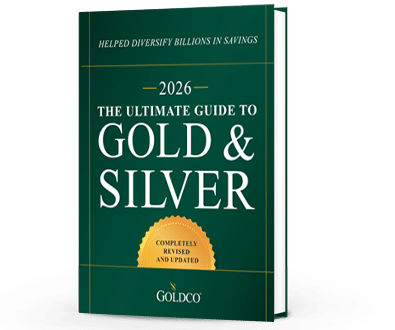6 Indicators of a Potential Recession
It seems that in the media today there are more and more mentions of the dreaded R-word: recession With growing economic uncertainty, the threat of potential recession seems to be growing as...
Economy

In a worrying sign for the fiscal health of American households, debt levels continue to increase. Levels of credit card debt have increased 8% from last year, rising to a total of $905 billion. That works out to an average of over $15,000 in credit card debt per household.
While that figure is alarming, it pales in comparison to other debt figures. Total outstanding auto loans are now at $1.21 trillion, student loans are at $1.36 trillion, and mortgage debt is at $8.74 trillion. Americans may be good at producing a lot, but they’re also great at consuming a lot, and going into debt to do so.
In part, that has to do with the fact that expenses continue to increase while wages continue to remain relatively stagnant. Healthcare expenses, in particular, continue to increase significantly year after year thanks to the changes implemented by the Affordable Care Act. And with wages failing to rise as fast as they need to, more and more American households are forced to pay for their expenses with credit cards.
Of course, health care isn’t the only cost that’s increasing. Food continues to get more and more expensive, as anyone who has been to a grocery store lately can attest. Meat, fruits and vegetables, and other staples continue to rise in price. Housing, too, is getting costlier. House prices in many markets continue to increase, while rent increases continue to outpace the rise in inflation.
Those aren’t good signs for American households, particularly if financial markets suffer a correction. Many people may think the economy is doing well, but the underlying fundamentals don’t support the significant stock price increases that we’ve seen over the past two years. Given the higher levels of debt households are taking on, any downturn in the markets could be very painful for millions of Americans.

